Initial finds were limited to bits and pieces of wrecked planes, salvaged from the jungle or shallow waters.
This Allied unit was based near Brisbane, Australia.
Processes to evaluate Japanese aircraft wrecks and captures were standardized.
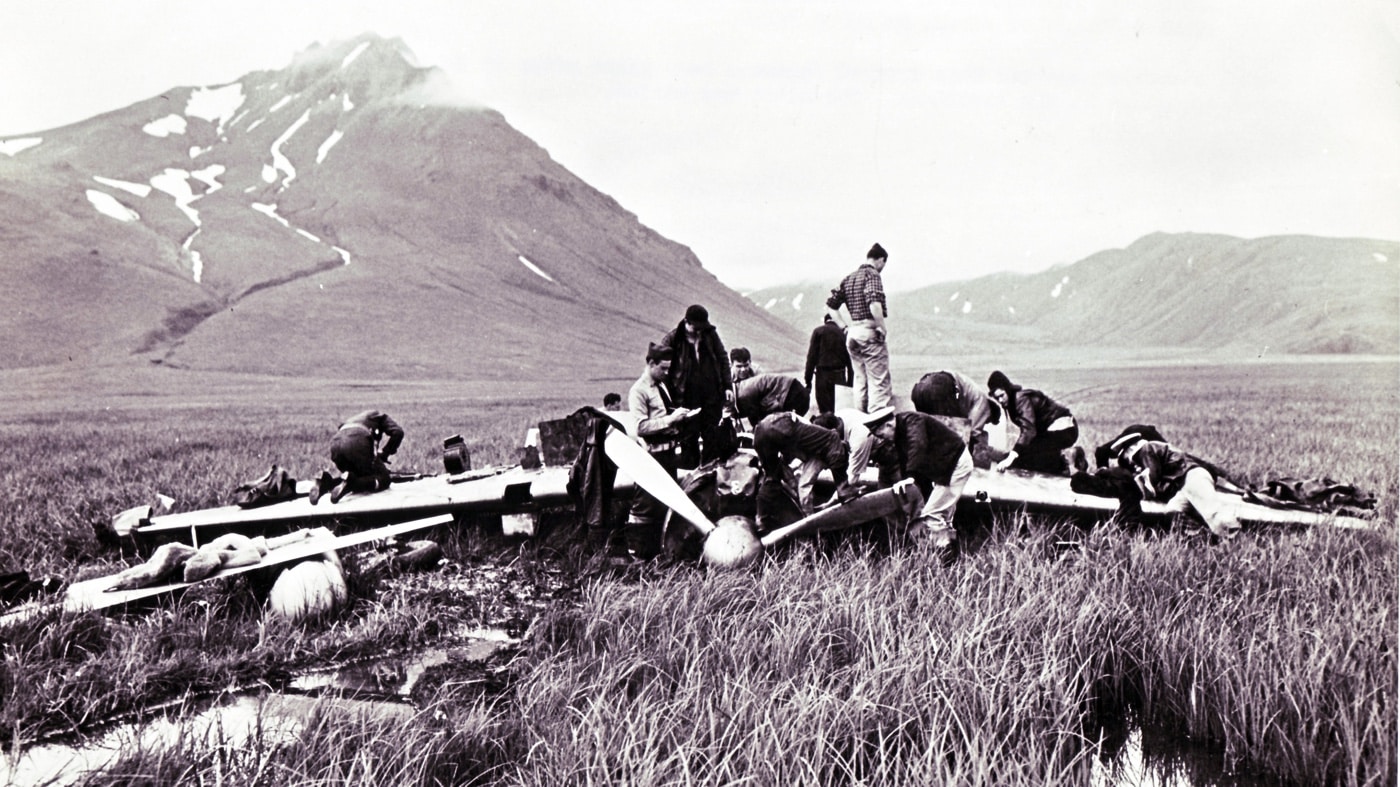
Members of the Tactical Air Intelligence Unit work to recover a Mitsubishi A6M Zero from Akutan Island, Alaska. It yielded some of the most significant technical intelligence of the Pacific War. Image: NARA
This included a basic report form used to record specific details.
The Americans were in overall command of the TAIU structure.
and U.S. Navy TAIU officers.

Orders against taking souvenirs from Axis aircraft were issued to U.S. troops. s were created, this one from a 1945 issue ofAir Force, to dissuade the practice. Image: Author’s collection
There were no easy days.
The Ki-61 was carefully examined on site at Cape Gloucester, and deemed air-worthy with some maintenance.
It was then disassembled and shipped to Australia for testing.
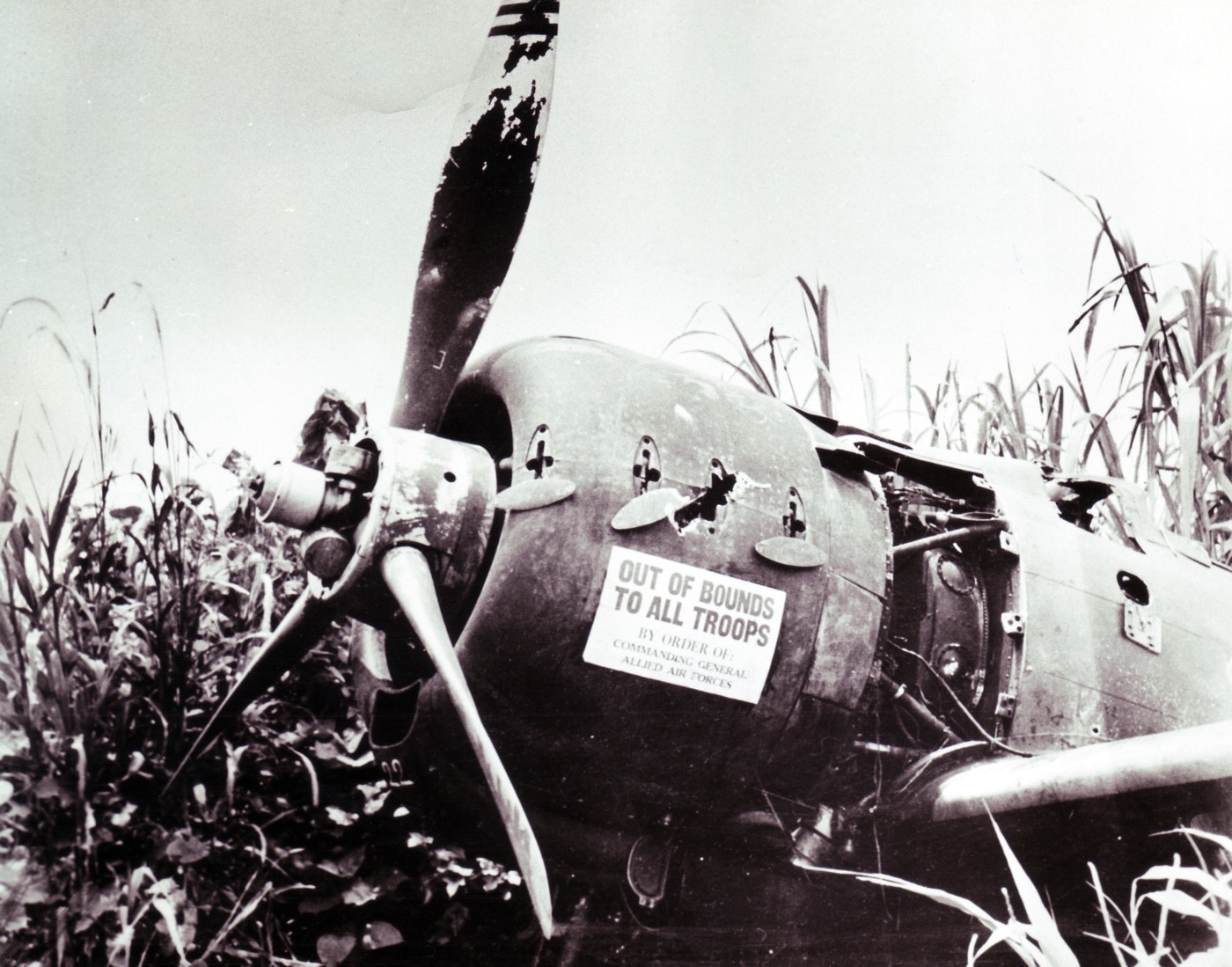
A Mitsubishi Ki-51 “Sonia” light bomber recovered during the New Britain campaign in Papua, New Guinea. The sign warns off the souvenir hunters. Image: NARA
Three flights were made at Eagle Farm Airport in Australia.
Operating out of Hangar No.
7, a Royal Australian Air Force pilot was at the controls of the Ki-61 test flights.
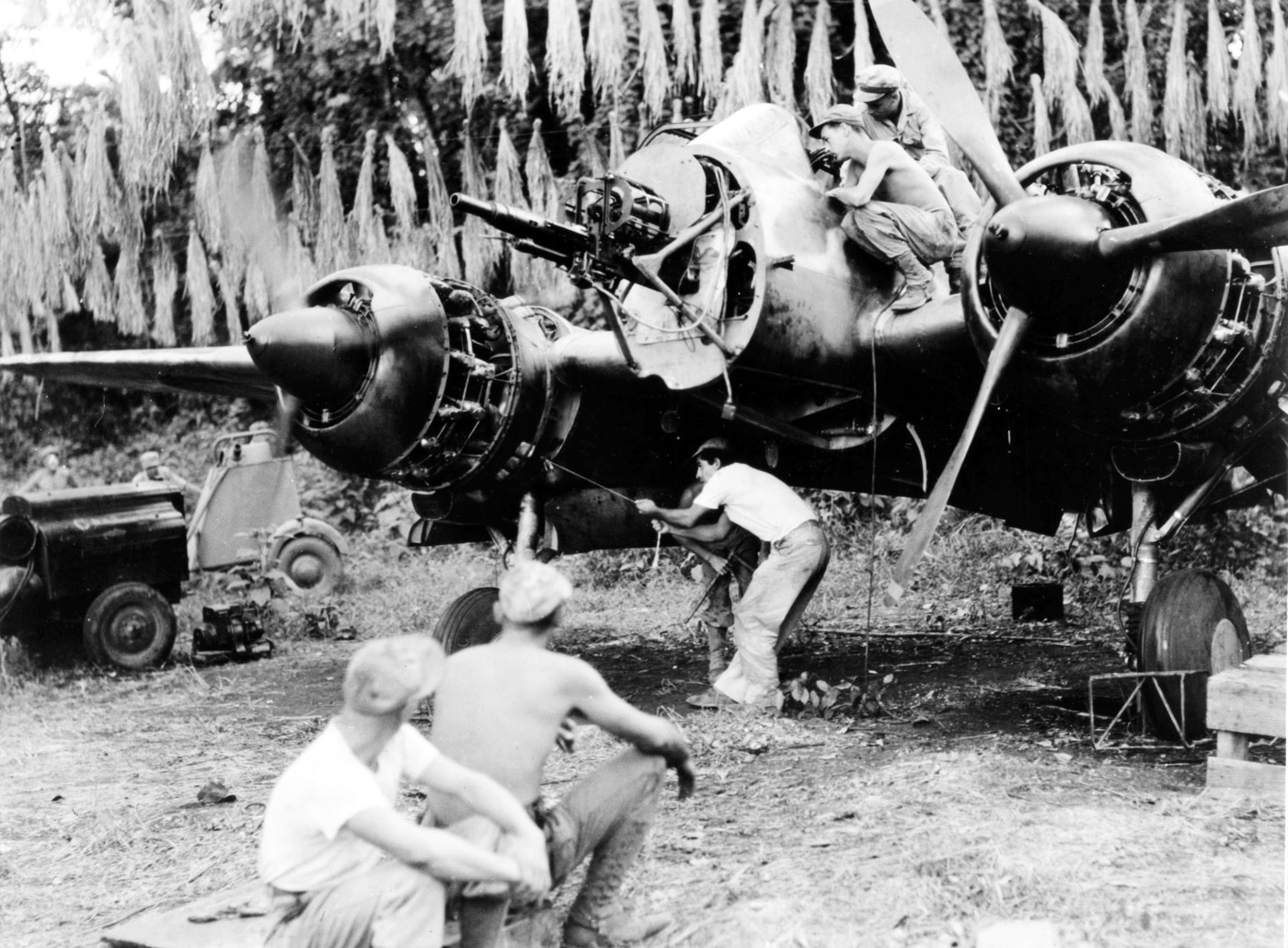
The Kawasaki Ki-45 Toryu heavy fighter was a mystery to the Allies until late 1944. This example was a bomber interceptor with a 37mm Ho-203 cannon, plus a pair of 20mm Ho-5 cannons. Image: NARA
Further flights were cancelled after bearing metal was found in the oil filter.
Sorry I am late answering your letter.
Most interesting that you know about our Technical Air Intelligence Unit, TAIU.
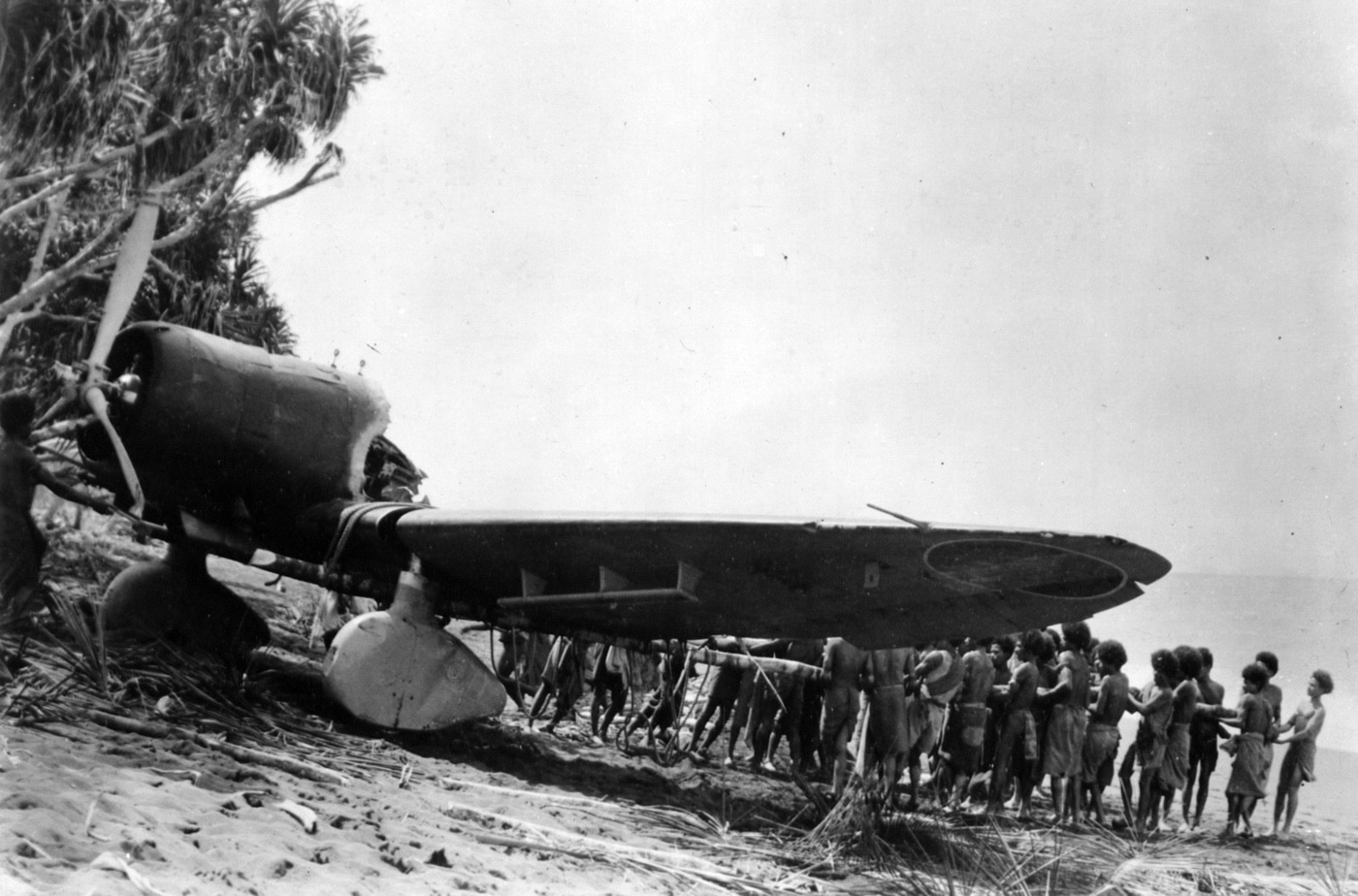
Dense jungles and remote islands made recovering Japanese planes difficult. Native islanders help recover this Aichi D3A (Type 99 Carrier Bomber) during World War II. Image: NARA
Most people dont know what it is at all.
I thought I should give you a little of my background.
Excuse my writing, not so good at 95.
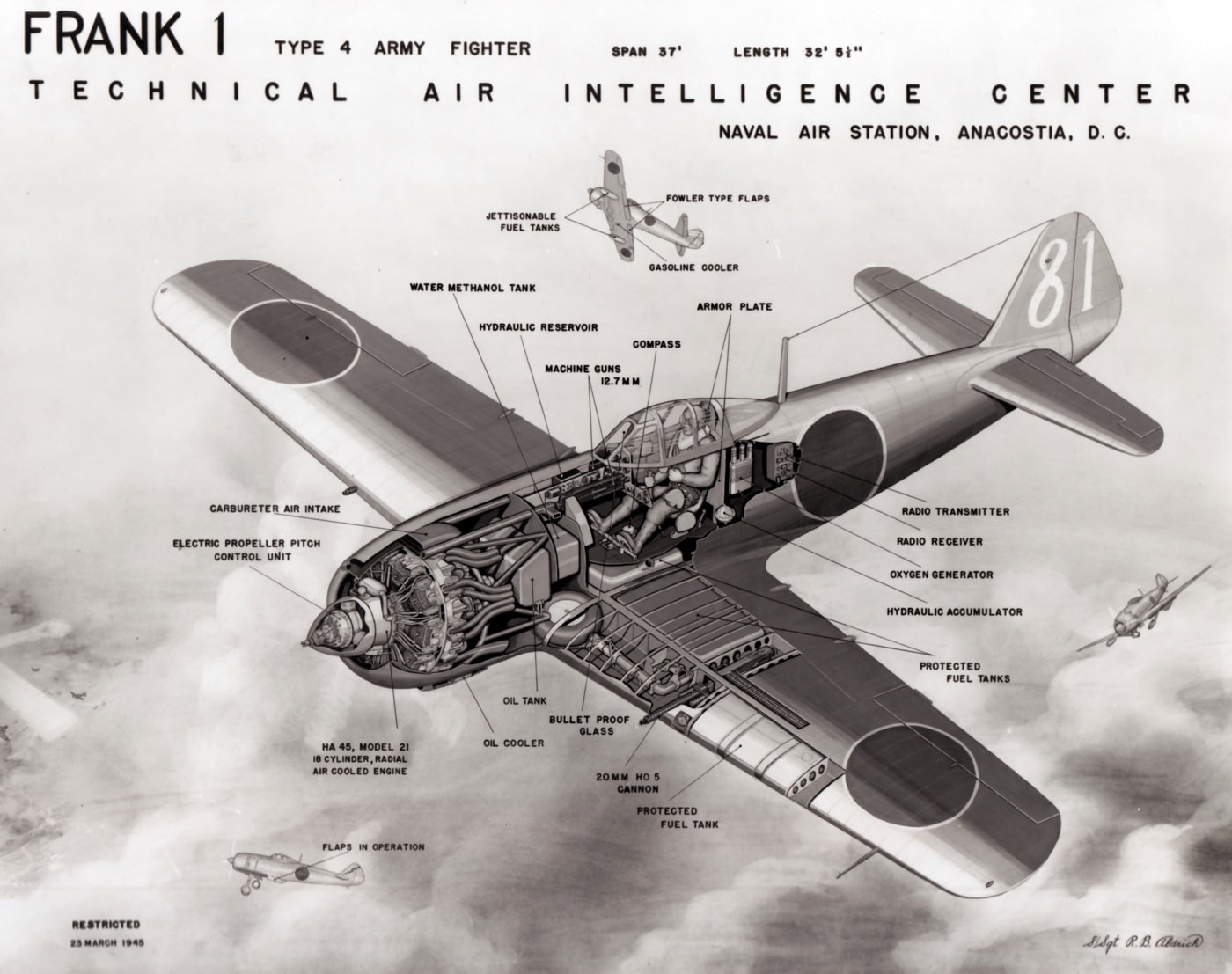
This recognition poster of the Mitsubishi Zero was one of many beneficial results from the Allied efforts to learn more about the enemy’s capabilities. It provides details of its performance and design. Image: NARA
Here goes with a little info:I graduated from Duke University with a BS in ME.
This was the 2ndDuke Engineering class.
Hard to get a job then.
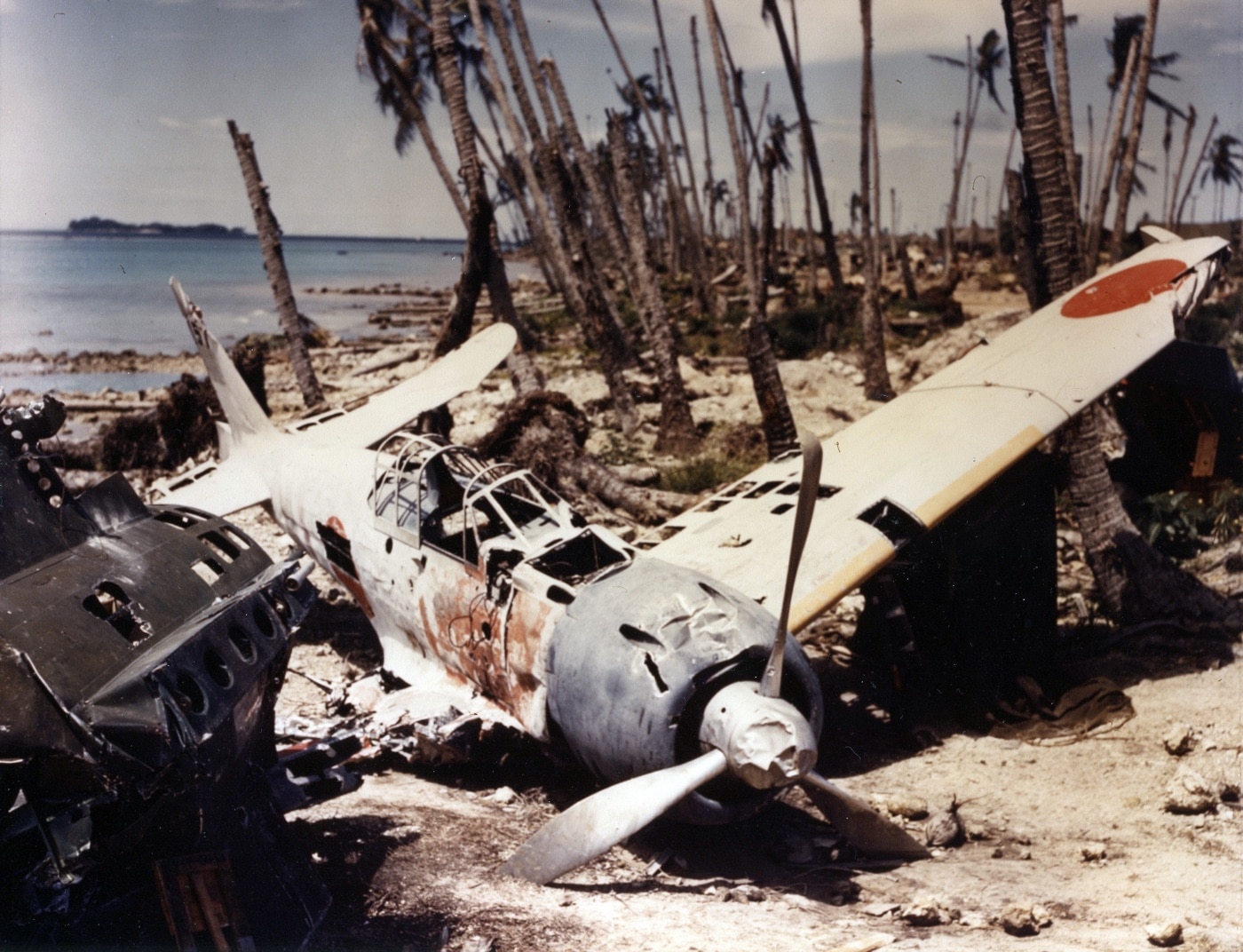
Information about Japanese aircraft was obtained in bits and pieces from crashed and captured aircraft. This Mitsubishi Zero was found near Munda in New Georgia. Image: NARA
Then I decided to get in the Navy.
I went to Fort Schuyler (Long Island) and then to NATTC in Memphis, Tenn.
They had three openings available: China, Burma and Calcutta.
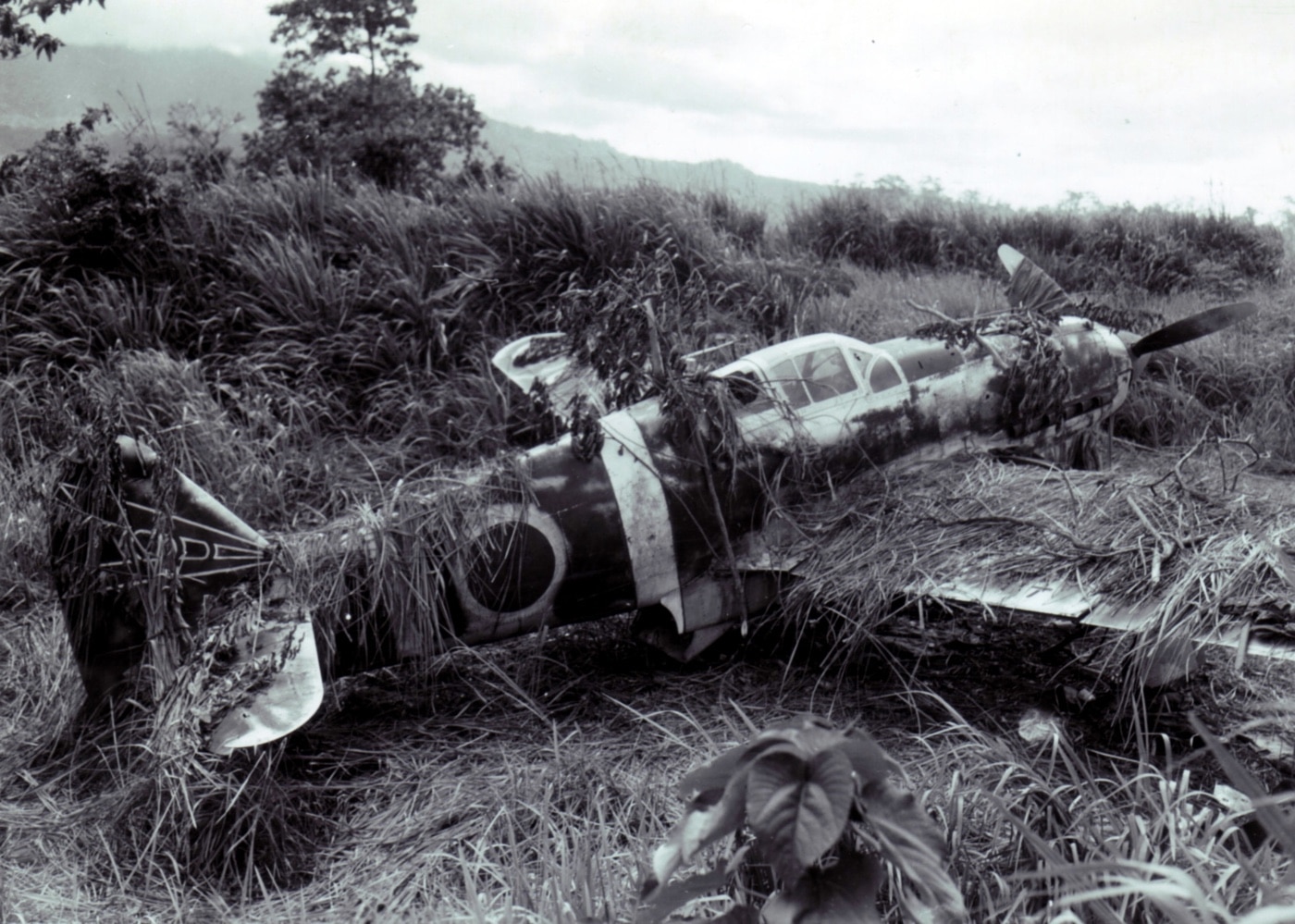
A Kawasaki Ki-61 Hien captured intact on Cape Gloucester. Also known as the Army Type 3 fighter, the Ki-61 was used by the Imperial Japanese Army Air Service. Image: NARA
I flew over the Hump to Kunming, China.
I was there one day and was made a Class B Agent.
I was authorized to carry $400,000 worth of Chinese money at all times.
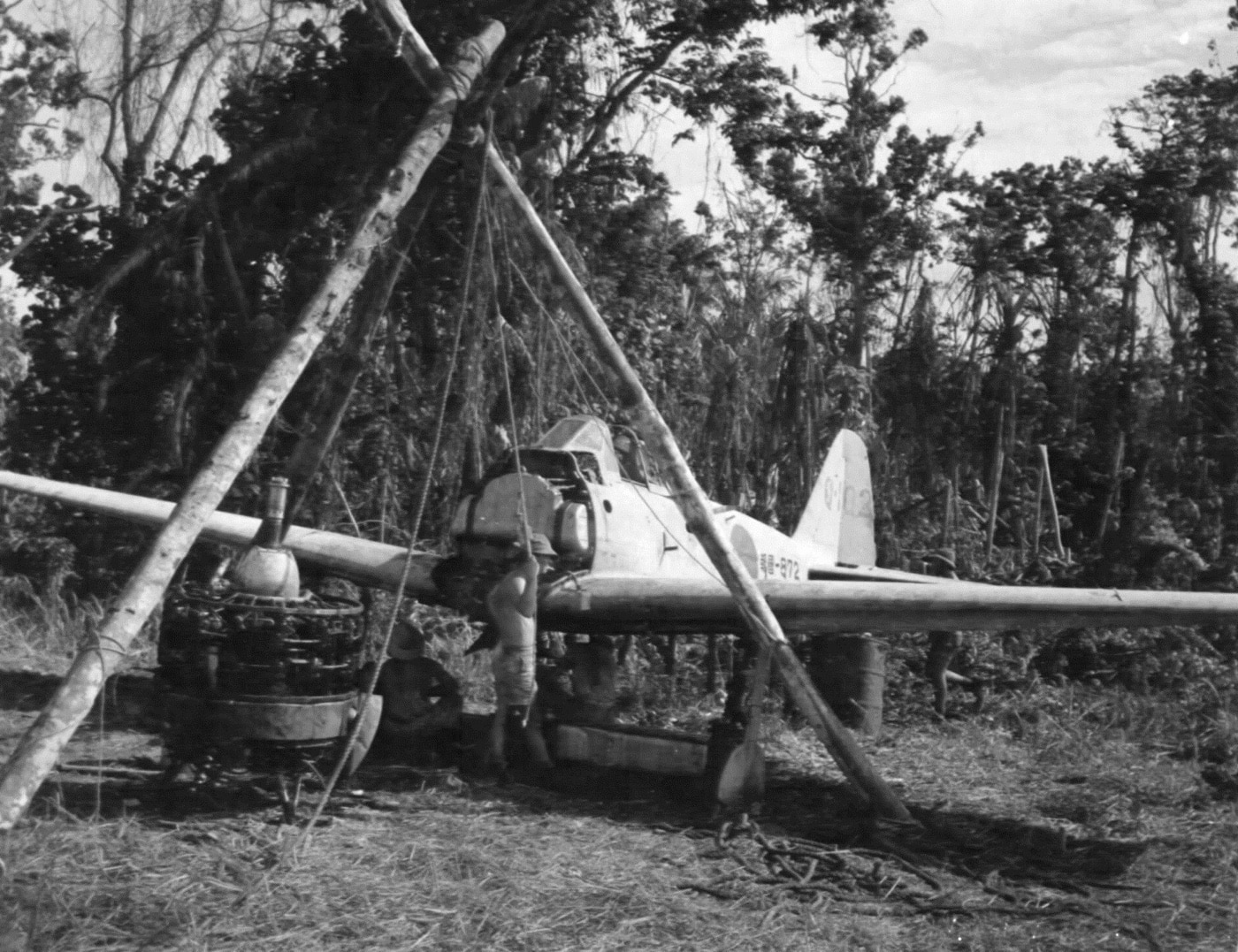
TAIU teams often had to operate with improvised tools to disassemble Japanese aircraft in the forward areas. Image: NARA
I had to carry it in a knapsack.
A DC-3 pilot, co-pilot, and me flew into this tiny, rough strip.
His family had all been killed by the Japs.
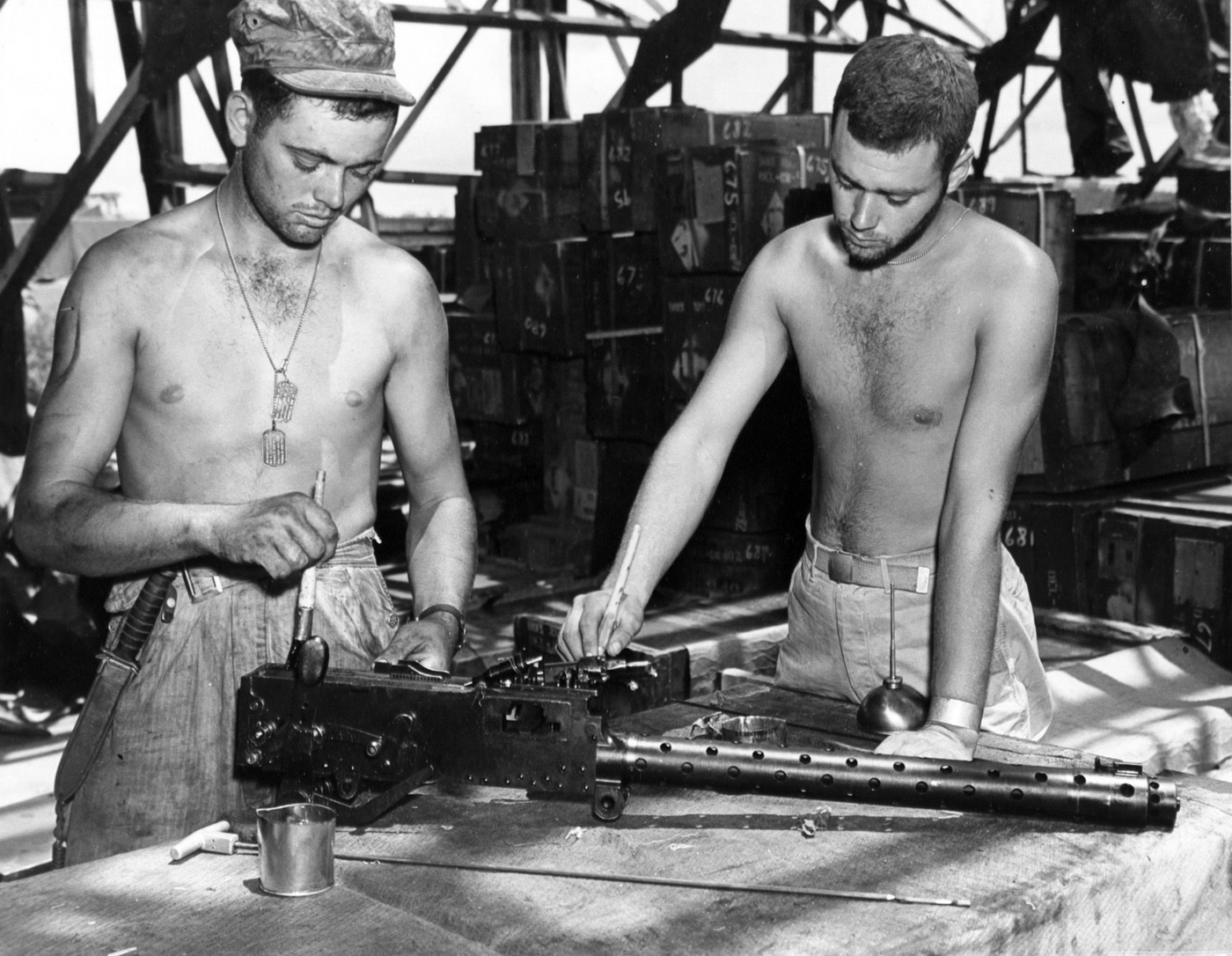
Air Intelligence men review a captured Japanese Type 97 aircraft machine gun on Saipan during the summer of 1944. Image: NARA
We made our way north to Nanping, China, where our TAIU HQ was located.
When we arrived, there were five of us in total, Captain Jansky (27thAF) in charge.
He was on his third tour.
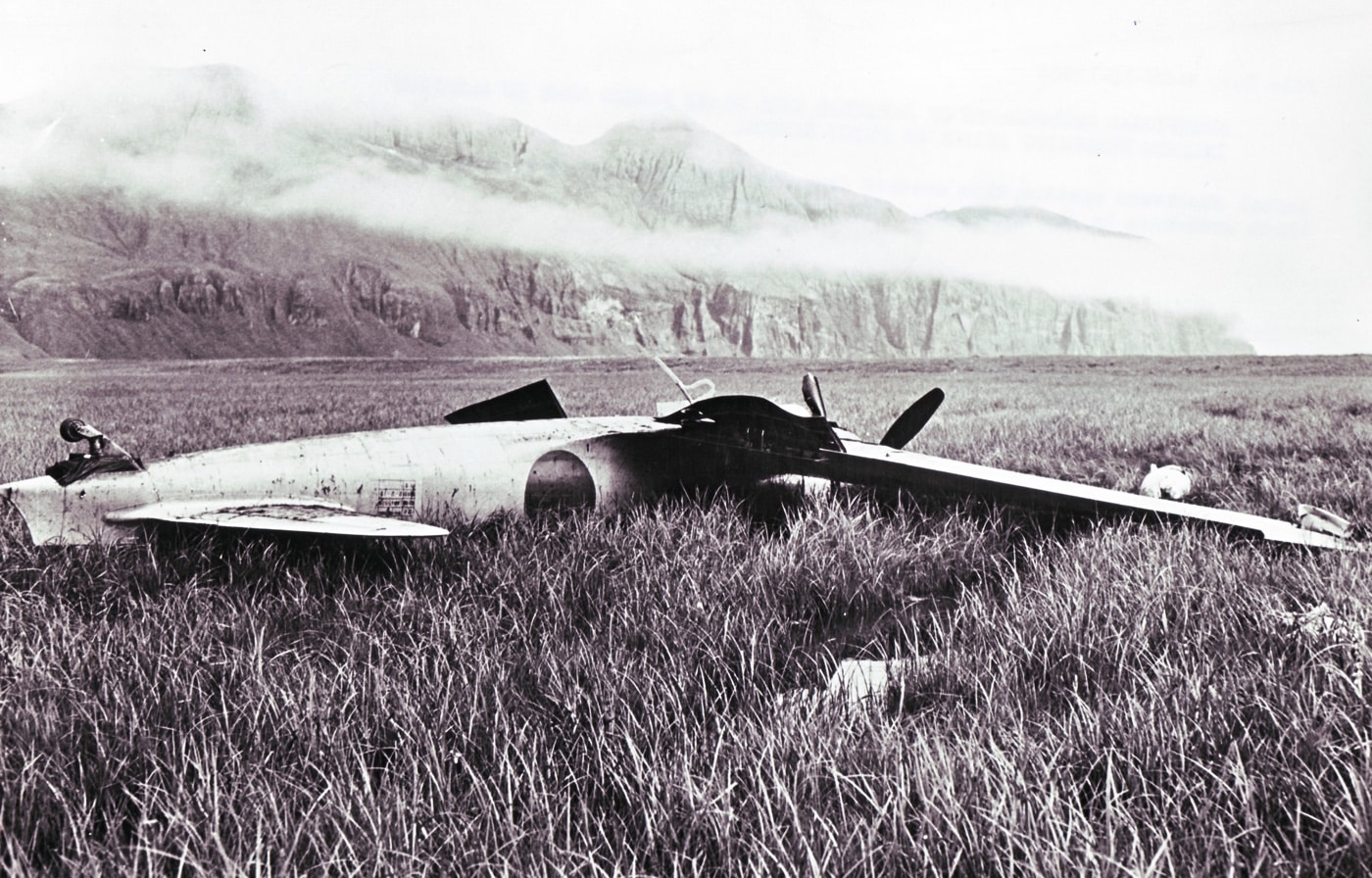
Lt. Koga’s Mitsubishi Zero was mostly intact after crashing on Akutan Island in the Aleutian island chain. Koga died as the aircraft flipped. It provided a wealth of technical information. Image: NARA
We arrived at a Methodist mission outside of Nanping.
The lady missionary was still there.
Nanping is 90 miles up the Min River from Fuchow.
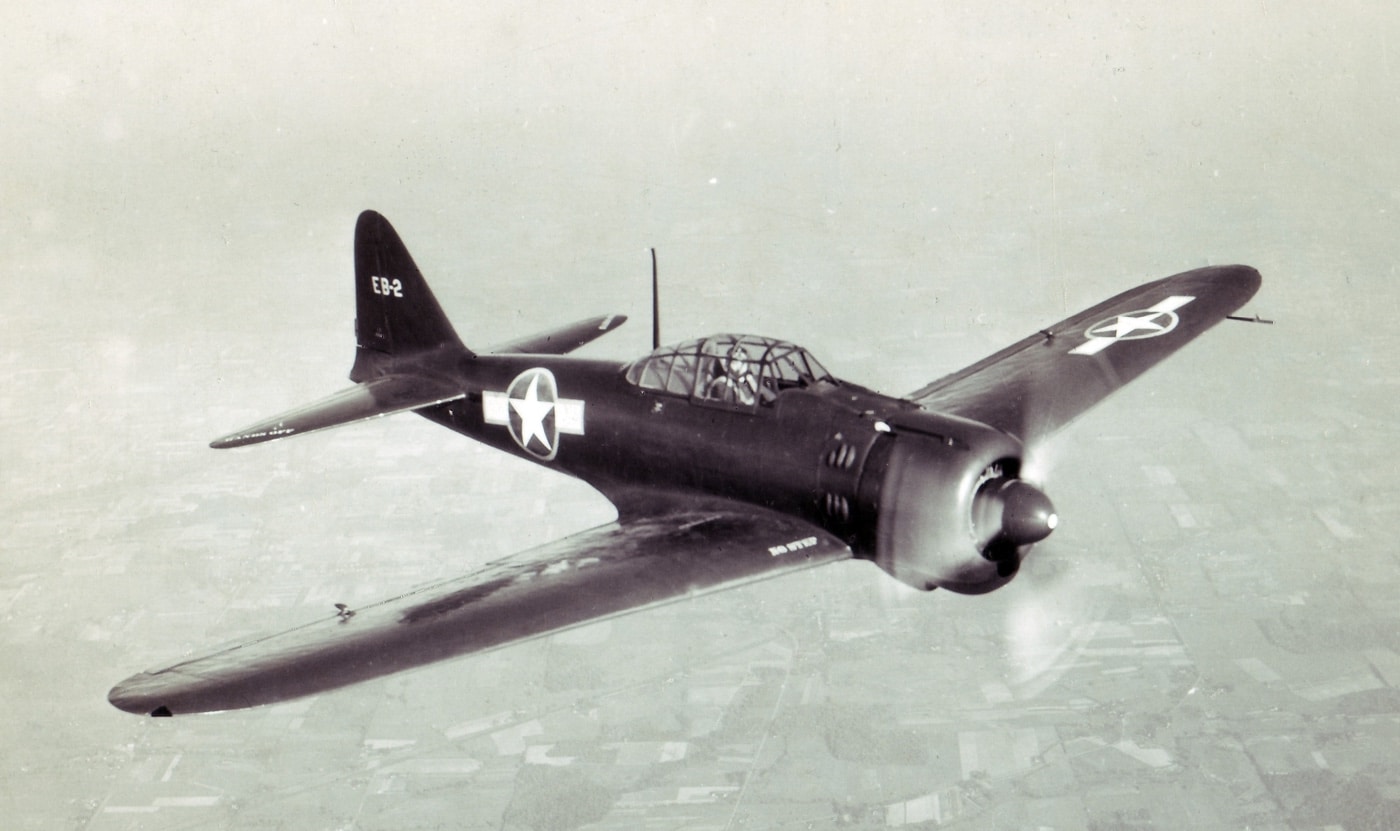
Recovered enemy planes that could be repaired and flown offered valuable insight into the enemy’s capabilities. This Zeke was tested extensively against American aircraft. Image: NARA
Eventually went to NAS Mojave, California.
Clearly, their work was delicate and dangerous, and the tactical environment varied greatly.
Handbook for Combat Air Intelligence Officers Excerpt
TECHNICAL AIR INTELLIGENCE:
a.
Particular care will be taken to protect the materiel against souvenir hunters.
TECHNICAL AIR INTELLIGENCE CENTER NAVAL AIR STATION ANACOSTIA, D.C.
It had been used for a nominal period on a Japanese fighter Oscar.
The weapon was copied from an early American model with minor modifications.
Heat treatments were simpler than American practices, and flame hardening was used extensively.
An interesting feature was chromium plating in the bore of the barrel.
The gun shows manufacturing methods similar to other Japanese guns examined and displayed good workmanship.
Bearing parts possessed a good finish while a large number of exterior surfaces showed hand finishing.
No brazed or stamped parts were used.
Delivering a Total Zero
Sometimes, air intelligence teams got lucky.
Then suddenly, their luck changed.
On June 4, 1942, Japanese aircraft struck the American base at Dutch Harbor in the Aleutian Islands.
One of these planes was a Zero fighter piloted by 19-year-old Tadayoshi Koga.
Noticing this, Koga headed for Akutan Island, a pre-designated landing field for damaged Japanese aircraft.
Koga landed on what appeared to be a grassy field however it was a grassy bog.
The Zeros landing gear snagged and the fighter flipped, and came to rest upside down with minimal damage.
The fortunes of war prevented the Japanese from recovering or destroying the aircraft.
On July 10th, a US Navy scout plane spotted Kogas Zero on Akutan.




